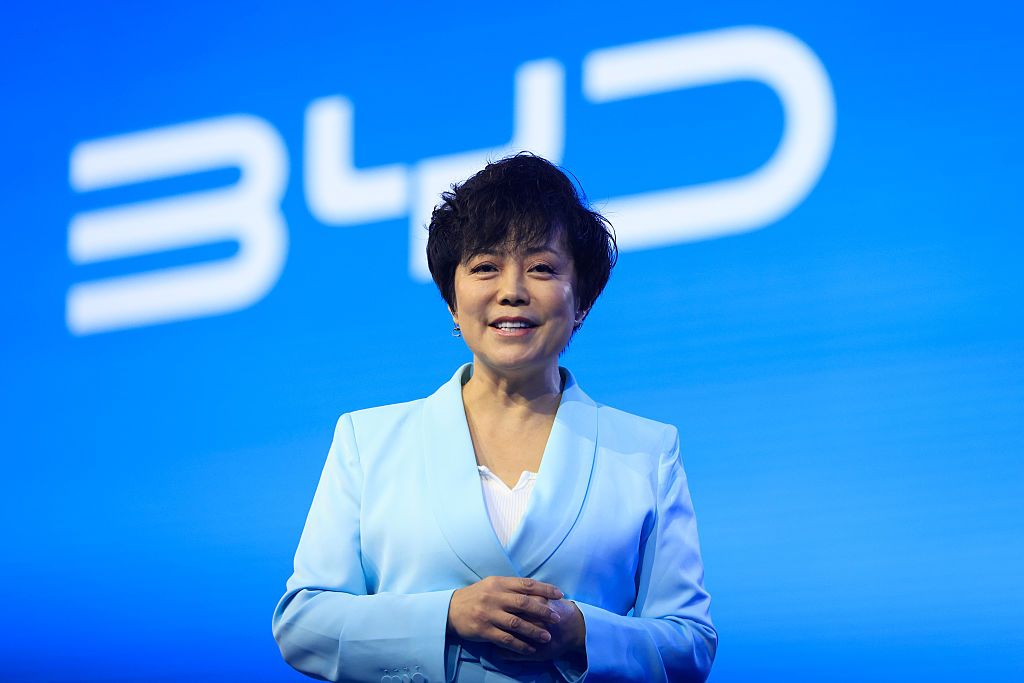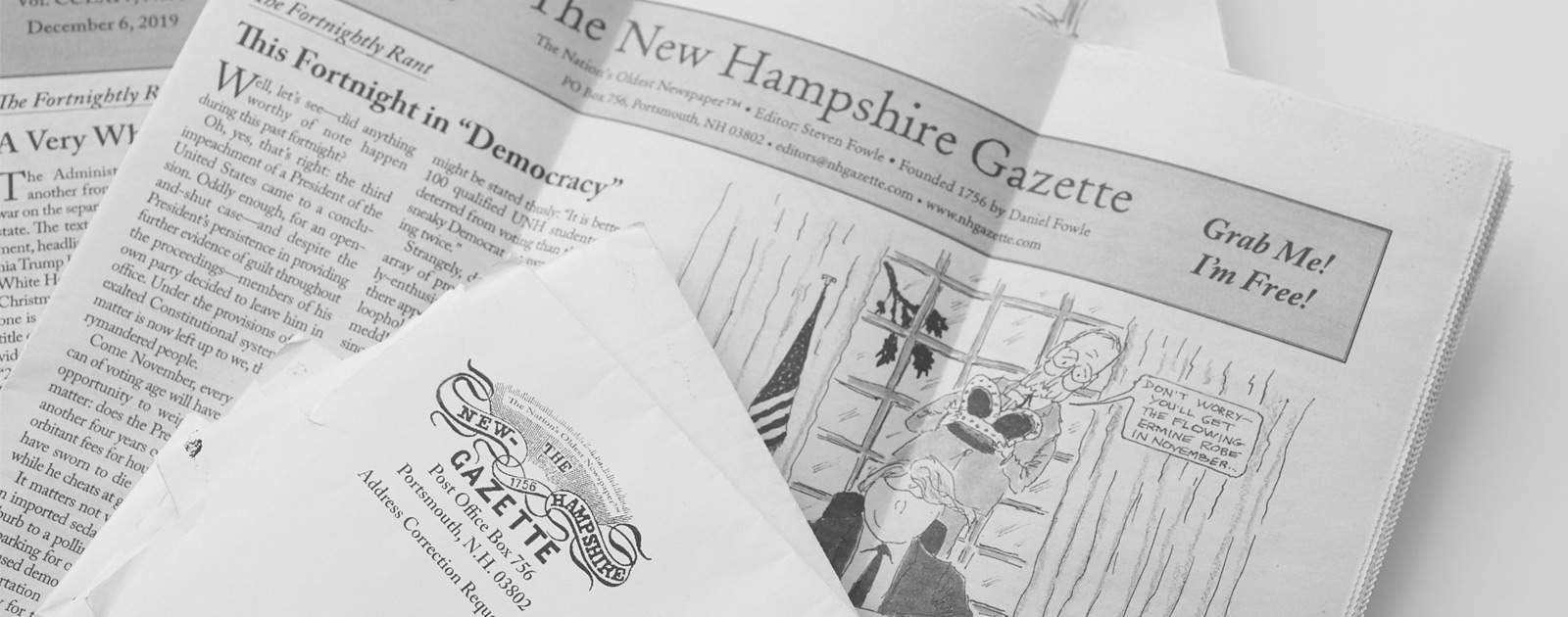Copyright moneyweek

In the late 1990s, a young Stella Li landed in Rotterdam from China with $30,000, a container load of lithium-ion batteries and an order from head office: “sell them to survive”. She clinched a deal with Nokia, then the number one mobile-phone maker. Never one for false modesty, she told the Financial Times: “I opened the door and moved BYD to another level.” Nearly 30 years on, the company has moved far past its roots as a battery maker to become one of the world’s most powerful manufacturers of electric vehicles. Globe-trotting Li remains so firmly at the heart of its international expansion that colleagues have dubbed it “The Stella Show”. Yet the stakes, while much higher, are just as existential. BYD sales grew by 40% last year, but it is having to grapple with both rising Western protectionism and a darkening domestic outlook in China in the teeth of cut-throat competition. It’s going to be “very difficult for BYD to continue to grow the way it’s been growing”, says analyst Tu Le of Sino Auto Insights. “A diminutive woman with almost frenetic energy,” Li, 55, “zips across the globe furiously, rarely making it back to her current home in Los Angeles”, says Fortune. In a typical day, BYD’s “crucial ambassador and strategist” might wake up in Istanbul, fly to a meeting in Vienna and then spend the night in Germany. The carmaker now exports to roughly 95 markets, but Europe is particularly crucial to its global push. In markets such as Britain – which this year became BYD’s biggest outside China – the company has become “Elon Musk’s worst nightmare”. At its heart, BYD – which was founded in Shenzhen in 1995 by Wang Chuanfu – has always been a partnership. While Li led marketing and expansion, Wang, 59, was the engineer behind the group’s rapid technological advancements and manufacturing prowess. He never wavered from his dream of building electric cars, even when it looked like a long shot. The pair met soon after Li had graduated from Shanghai’s prestigious Fudan University and the relationship developed romantically as well as commercially. BYD stands for “Build Your Dreams”, but back in the early days when Li was pestering mobile-phone executives in Atlanta suburbs with her box of battery samples, she used to joke that it stood for “Bring Your Dollars”, says Bloomberg Businessweek. Her great strength then was persistence. It took her two years to win a contract from Motorola. But by 2002, when BYD went public in Hong Kong and Shenzhen, the company was on a roll. Many investors were furious when Wang bought a majority stake in a failing state-owned carmaker a year later – appalled that BYD “was wading into a market it knew nothing about”. At the time, Wang didn’t even know how to drive, but was convinced that electric cars were “a natural extension” of the battery business. The first clunky models did nothing to dissuade the critics, but Wang continued to pour cash into product development. Stella Li's deal with Warren Buffett The deal that put BYD on the map was Berkshire Hathaway’s landmark $232 million investment in 2008, says the FT. Li was introduced to Warren Buffett and Charlie Munger by her friend Li Lu, a billionaire hedge-fund manager. In the nearly two decades that Berkshire stuck with BYD until completing its exit this year, it reportedly netted a return of about $7 billion. In that time, BYD has achieved what Tesla, Ford and the rest of the car industry haven’t, says Businessweek: “build an affordable electric car for the masses and make money doing it”. Jean-Francois Baril, chair of Nokia’s owner HMD Global, who has known Li for more than two decades, credits her with “bridging the East and the West”, says the FT. She’ll need all that skill to keep BYD on the road in the years ahead. This article was first published in MoneyWeek's magazine. Enjoy exclusive early access to news, opinion and analysis from our team of financial experts with a MoneyWeek subscription.



